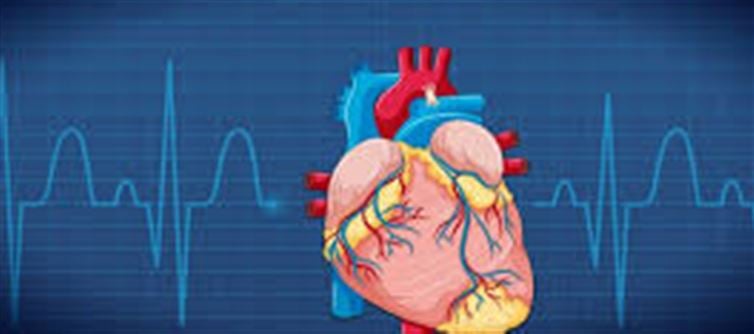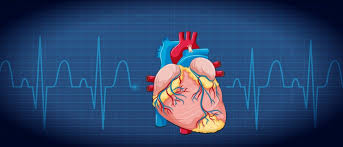
heart disease manifests differently in women and men due to a combination of biological, physiological, and social factors. While both genders share common risk factors such as high blood pressure, high cholesterol, and diabetes, the way these factors influence heart health can vary. For instance, women are more likely to develop heart disease later in life, often after menopause, due to the protective effects of estrogen before this period .
Symptom presentation also differs significantly between the sexes. Men typically experience classic heart attack symptoms like chest pain and shortness of breath. In contrast, women may have more subtle or atypical symptoms, including nausea, fatigue, back or jaw pain, and shortness of breath, sometimes without chest discomfort . This discrepancy can lead to delays in diagnosis and treatment for women.
Treatment responses and outcomes also vary. women are more likely to have heart attacks caused by plaque erosion or spontaneous coronary artery dissection, conditions that differ from the plaque rupture more commonly seen in men . Additionally, women often receive less aggressive treatment for coronary artery disease and are underrepresented in clinical trials, which can affect the efficacy of treatments prescribed to them .
Furthermore, lifestyle factors have a more pronounced impact on heart disease risk in women. A study by Sunnybrook health Sciences Centre found that women with poor health behaviors faced nearly five times the risk of heart disease compared to women with ideal health, whereas men with poor health had 2.5 times the risk . These findings underscore the importance of tailored prevention and treatment strategies to address the unique cardiovascular health challenges faced by women.




 click and follow Indiaherald WhatsApp channel
click and follow Indiaherald WhatsApp channel